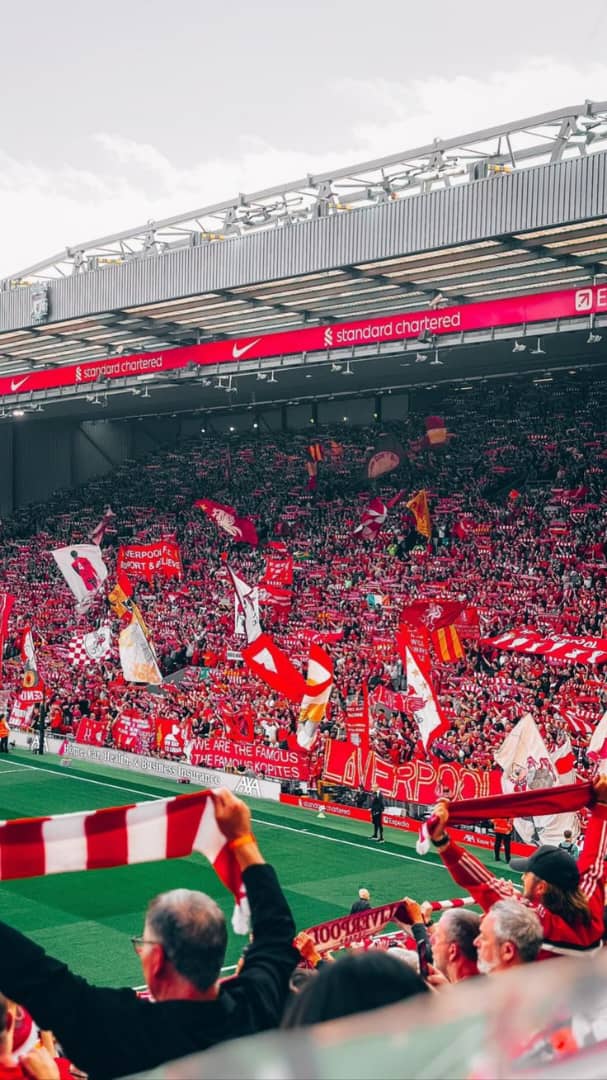
Table of Contents
- Introduction
- Vision and Conceptualization
- Feasibility Studies and Market Analysis
- Land Acquisition and Site Selection
- Architectural Design and Stadium Concept
- Environmental Impact Assessment
- Regulatory Approvals and Legal Compliance
- Budgeting and Financial Planning
- Funding Models and Investment Sources
- Community Engagement and Public Relations
- Design Finalization and Engineering
- Tendering and Contractor Selection
- Construction Phase 1: Groundwork and Infrastructure
- Construction Phase 2: Superstructure and Seating
- Construction Phase 3: Interior, Roof, and Technology
- Sustainability Features and Certifications
- Security, Health, and Safety Systems
- Stadium Technology Infrastructure
- Media and Broadcast Facility Integration
- Fan Experience and Accessibility Features
- Testing, Inspections, and Compliance Checks
- Recruitment, Staffing, and Training
- Branding, Naming Rights, and Sponsorships
- Soft Launch and Trial Events
- Opening Day: Execution and Celebration
- Post-Opening Review and Operations Planning
- Conclusion
Part 1: Introduction
Stadiums are more than concrete, steel, and seats — they are epicenters of community pride, national identity, and economic development. From the roar of fans to the quiet planning meetings years before, the journey of constructing a modern football stadium is a massive undertaking. This post will walk through every stage of building a stadium — from initial concept to the magic of opening day.
Part 2: Vision and Conceptualization
- Stakeholder motivations: team expansion, urban revitalization, World Cup bids.
- Setting objectives: capacity, usage types, digital readiness, sustainability.
- Early design brainstorming and global benchmarking.
Part 3: Feasibility Studies and Market Analysis
- Financial projections (ticket sales, naming rights, events).
- Competitor analysis.
- Urban demographics and fan base strength.
Part 4: Land Acquisition and Site Selection
- Ideal location traits: transport access, space, zoning.
- Community displacement and mitigation.
- Geotechnical surveys and environmental risks.
Part 5: Architectural Design and Stadium Concept
- Role of iconic architecture in branding.
- Bowl design, roof span, sightlines, and acoustics.
- Collaborations with firms like Populous, Herzog & de Meuron.
Part 6: Environmental Impact Assessment
- Legal mandates.
- Biodiversity concerns, pollution, waste.
- Mitigation strategies (green roofs, water reuse, etc.).
Part 7: Regulatory Approvals and Legal Compliance
- Building codes, safety laws, international sporting regulations.
- Fire codes, ADA/Disability compliance.
- International certifications like BREEAM, LEED.
Part 8: Budgeting and Financial Planning
- Cost breakdown: land, labor, tech, amenities.
- Contingency planning and inflation buffers.
- Case studies of over/under-budget stadiums.
Part 9: Funding Models and Investment Sources
- Public vs. private funding.
- Naming rights, hospitality investments, government subsidies.
- Risk-sharing models.
Part 10: Community Engagement and Public Relations
- Stakeholder buy-in and feedback loops.
- Transparent updates and Q\&A sessions.
- Mitigating resistance.
Part 11: Design Finalization and Engineering
- Integrating structural, civil, electrical, and mechanical systems.
- Revisions after simulations.
- Final design sign-offs.
Part 12: Tendering and Contractor Selection
- Open bidding processes.
- Choosing experienced firms.
- Penalties and incentives.
Part 13: Construction Phase 1 – Groundwork
- Site clearing, excavation.
- Utilities and foundational concrete.
- Underground drainage and plumbing.
Part 14: Construction Phase 2 – Superstructure
- Steel frameworks, concrete tiers.
- Roof trusses and cantilevers.
- Crane logistics and safety.
Part 15: Construction Phase 3 – Interior and Tech
- Locker rooms, kitchens, lounges.
- Lighting, HVAC, escalators.
- Smart cabling and Wi-Fi networks.
Part 16: Sustainability Features and Certifications
- Solar panels, energy-efficient lights.
- Rainwater capture, low-flow fixtures.
- Stadiums achieving LEED Platinum.
Part 17: Security, Health, and Safety Systems
- CCTV, facial recognition, crowd flow simulations.
- Fire exits, medical zones.
- Post-COVID air circulation standards.
Part 18: Stadium Technology Infrastructure
- 5G networks, edge computing hubs.
- Smart ticketing, turnstiles, and app control.
- IPTV and live-stream architecture.
Part 19: Media and Broadcast Facility Integration
- Camera positions, commentary boxes.
- Fiber optic broadcast center.
- Mixed-zone layouts.
**Part 20: Fan Experience and Accessibility Features **
- Seat comfort, sightlines, food tech.
- Wheelchair accessibility.
- AR/VR fan zones and lounges.
Part 21: Testing, Inspections, and Compliance
- Load testing, fire drills.
- Local authority approvals.
- Insurance and certifications.
Part 22: Recruitment, Staffing, and Training
- Hiring: security, event managers, vendors.
- Safety and customer service training.
- Simulation events for onboarding.
Part 23: Branding, Naming Rights, and Sponsorships
- Stadium naming deals.
- VIP lounges, sponsor zones.
- Ad rights and brand placement.
Part 24: Soft Launch and Trial Events
- Hosting practice games.
- Crowd flow testing.
- VIP/private previews.
Part 25: Opening Day – Execution and Celebration
- Logistics and media coordination.
- Ceremonial programming.
- Ensuring every system works under live pressure.
Part 26: Post-Opening Review and Operations
- Fan feedback collection.
- Maintenance schedule setup.
- Revenue analysis and reporting.
Part 27: Conclusion
The road from concept to kickoff is long and complex. Every shovel of dirt and every bolt in steel holds the ambition of clubs, cities, and fans alike. As we look to a future shaped by sustainability, smart technology, and cultural immersion, the stadiums of tomorrow will not just host the game — they will transform how it’s experienced.





